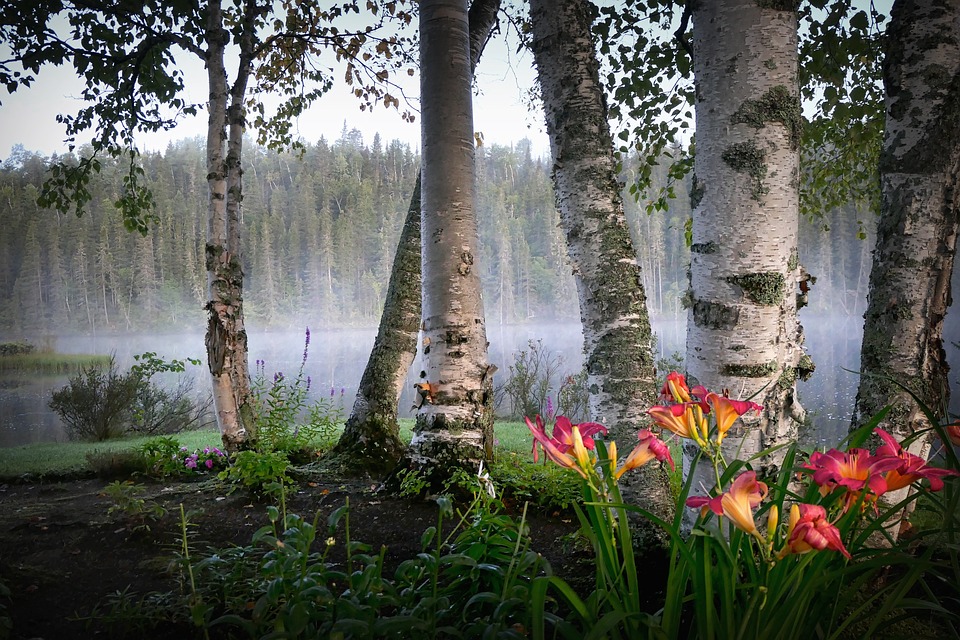How Did the Inuit Adapt to Their Climate?
The Inuit people, indigenous to the Arctic regions of North America, Greenland, and parts of Siberia, have developed remarkable adaptations to survive in one of the harshest climates on Earth. This adaptation is crucial for understanding their cultural resilience amid extreme cold, long winters, and limited natural resources.
Overview of the Inuit Environment
Arctic Climate:
– The Arctic experiences extremely cold temperatures, often plunging below freezing for most of the year.
– Long, dark winters with minimal sunlight contrast sharply with short summers that feature continuous daylight.
Challenges of the Arctic:
– The region lacks arable land suitable for agriculture.
– There is a scarcity of trees and vegetation, making resource gathering challenging.
– Ice-covered landscapes and frozen seas complicate transportation and hunting.
Traditional Inuit Clothing
Warm, Layered Clothing Made from Animal Skins:
– Inuit clothing primarily consists of animal skins and furs from seals, caribou, and polar bears, offering essential insulation against cold temperatures.
– Parkas with fur-lined hoods and layered boots (kamiks) protect against wind and moisture.
Use of Animal Fur:
– Fur is worn with the fur side facing inward to trap body heat effectively.
Innovative Footwear:
– Waterproof boots made from seal skin keep feet dry in icy conditions.
Shelter Adaptations
Igloos:
– In winter, Inuit constructed igloos from compacted snow, which serve as excellent insulators by trapping body heat within.
– Despite outside temperatures dropping as low as -45 degrees Celsius, interiors could reach a comfortable 15 to 20 degrees[1].
Tents (Tupiqs) for Summer:
– During summer months, they used tents made from animal hides stretched over frames of bones or driftwood, which were portable for their nomadic lifestyle.
Hunting and Food Adaptations
Hunting Skills:
– The Inuit are expert hunters who rely on marine mammals like seals and whales, as well as land animals such as caribou and polar bears.
– They developed specialized hunting methods adapted to icy conditions using harpoons, spears, and kayaks.
Use of Seal and Whale Oil:
– Seal and whale oil are vital for both food and fuel for lamps, providing necessary light and warmth during long winters.
Fishing and Ice Fishing:
– Ice fishing became essential in winter when open water was scarce.
Preservation Techniques:
– Food preservation methods include freezing or drying food to store it for long periods when hunting is less fruitful.
Transportation Innovations
Kayaks and Umiaks:
– Kayaks (small boats) are used for individual hunting and travel in open waters; umiaks (larger boats) facilitate group transportation.
Dog Sleds (Qamutiiks):
– Dog sleds are crucial for land travel over ice and snow. Sled dogs are specially bred to endure cold climates and play a vital role in hunting and transportation.
Social and Cultural Adaptations
Community Cooperation:
– The Inuit emphasize cooperation within their communities for survival; sharing resources like food fosters solidarity.
– Group hunting practices enhance efficiency in resource gathering.
Oral Traditions and Knowledge:
– Elders pass down survival knowledge through oral traditions, teaching younger generations about weather patterns, animal behavior, and navigation techniques.
Spiritual and Psychological Adaptations
Spiritual Connection to Nature:
– Inuit spirituality involves a profound respect for animals and the environment. They believe in honoring the spirits of the animals they hunt, promoting sustainable practices[2].
Mental Resilience:
– The harsh Arctic climate demands mental strength; cultural practices have evolved to help cope with isolation and prolonged darkness during winter months.
FAQs
What kind of clothing did the Inuit wear to stay warm?
The Inuit wore layered clothing made from animal skins and furs designed to trap heat effectively against cold winds.
How did the Inuit find food in such a cold environment?
They relied on hunting marine animals like seals and whales as well as land animals such as caribou. Specialized hunting techniques suited to icy conditions were essential for their survival.
How did the Inuit travel across icy landscapes?
Inuit utilized kayaks for water travel and dog sleds for land transportation, enabling efficient movement across ice-covered terrain.
What types of shelter did the Inuit use in winter?
In winter, they built igloos from snow for insulation; during summer months, they used animal-skin tents called tupiqs.
Conclusion
The Inuit people’s ability to adapt to their harsh Arctic environment is a testament to their ingenuity. Through innovative clothing, shelter construction, specialized hunting practices, and strong community ties, they have thrived despite extreme challenges. Their resilience offers valuable insights into human adaptability in extreme climates.

Kyle Whyte is a notable scholar and professor at the University of Michigan, holding positions such as the George Willis Pack Professor in the School for Environment and Sustainability and Professor of Philosophy. Specializing in environmental justice, his work critically examines climate policy and Indigenous peoples’ ethics, emphasizing the nexus between cooperative scientific endeavors and Indigenous justice. As an enrolled Citizen Potawatomi Nation member, he brings a vital perspective to his roles as a U.S. Science Envoy and member of the White House Environmental Justice Advisory Council. His influential research is supported by various prestigious organizations including the National Science Foundation, and disseminated through publications in high-impact journals. Kyle actively contributes to global Indigenous research methodologies and education, with affiliations to numerous institutes and societies dedicated to traditional knowledge and sustainability. Recognized for his academic and community engagement, Kyle has earned multiple awards and served in various visiting professorships. His efforts extend to leadership positions on boards and committees focused on environmental justice nationwide.
